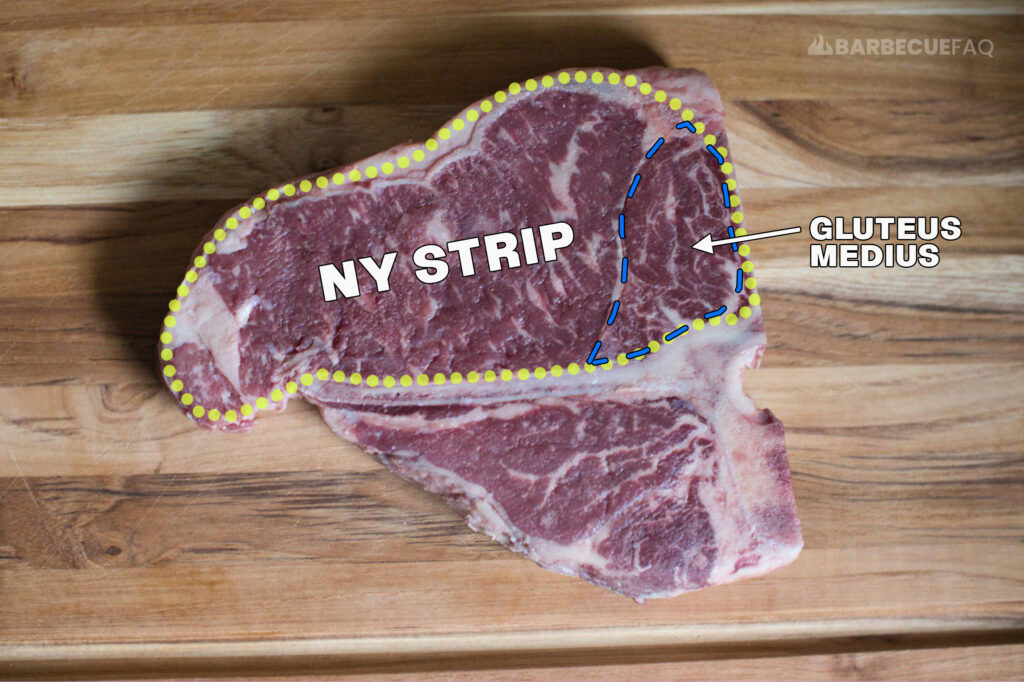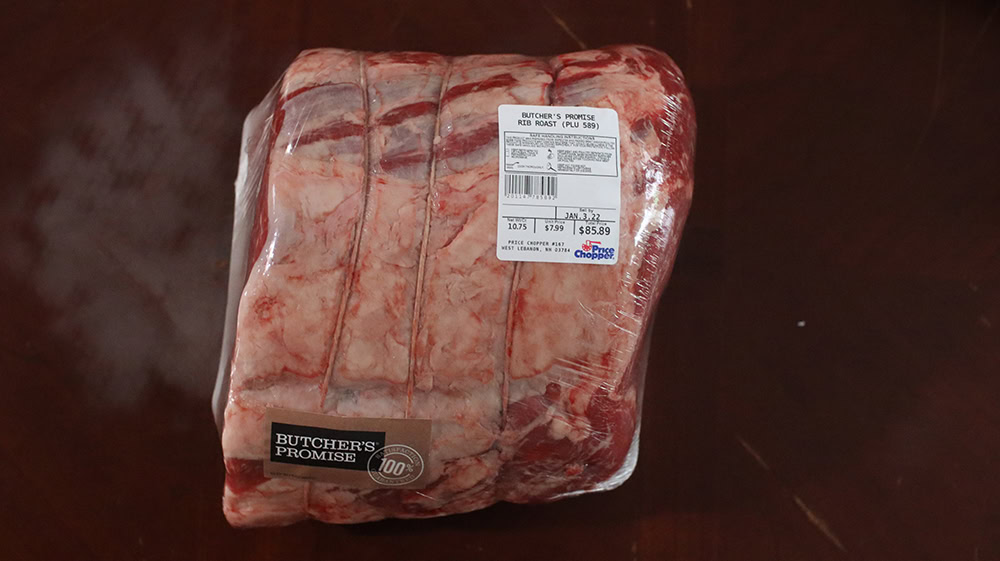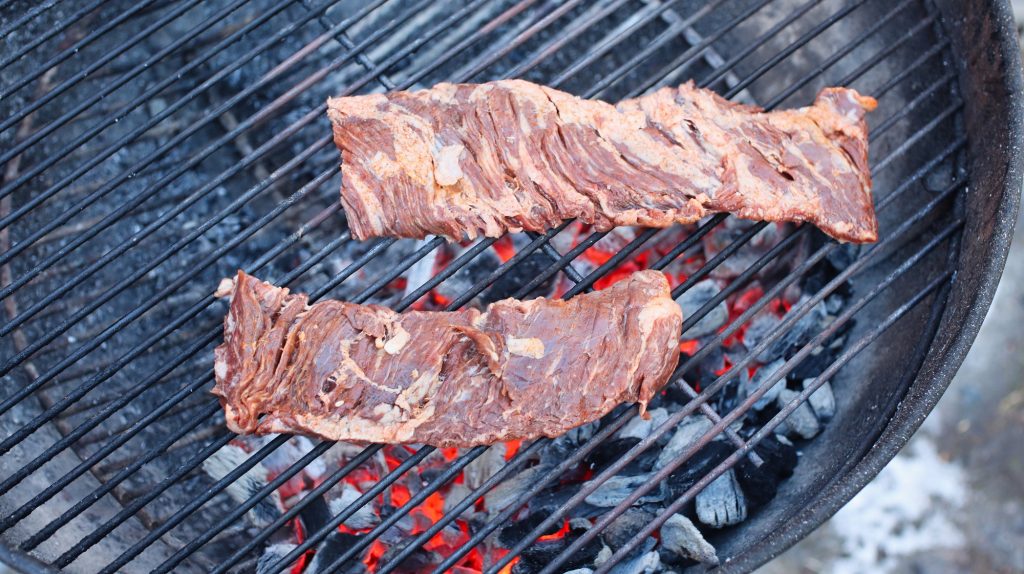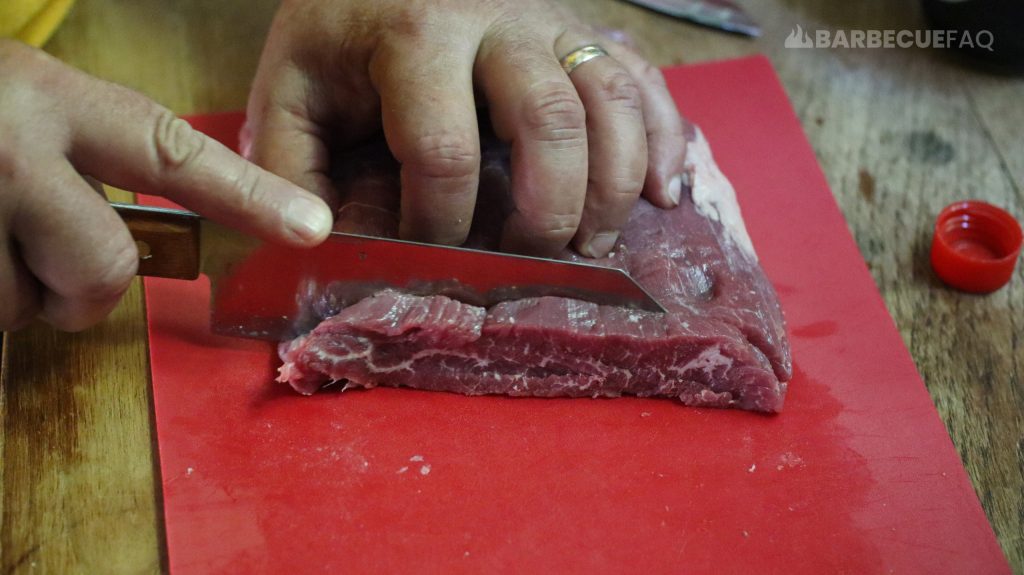They’re Primarily Comprised of the Same Muscle
That muscle is the longissimus dorsi.
On the Ribeye steak it is the “eye” and most of the NY strip is this muscle.

A “Strip” steak is extracted from the T-bone, highlighted in dotted yellow below.
Sometimes if the NY strip is taken from further back in the sirloin, it can contain part of the Gluteus medius muscle, highlighted in blue.

So, they’re the exact same muscle only this muscle has different characteristics because of where it’s found on the cow – like tenderness and marbling.
NY Strip is Less Tender Than the Ribeye
This is because the Ribeye is furthest from the legs and hooves and is not used for movement.
The NY strip moves closer to the back of the cow, meaning it’s less tender.

This also means marbling is affected and the NY strip is leaner than the Ribeye.
When cooked, Ribeye will be tender and buttery-rich.
Where-as an NY strip will be beefier, slightly fatty, and have a big more chew.
Anything Else Worth Mentioning?
If the grade is the same, Ribeye is always more expensive.
Both can be grilled, pan seared, reverse seared, sous vide, etc.




